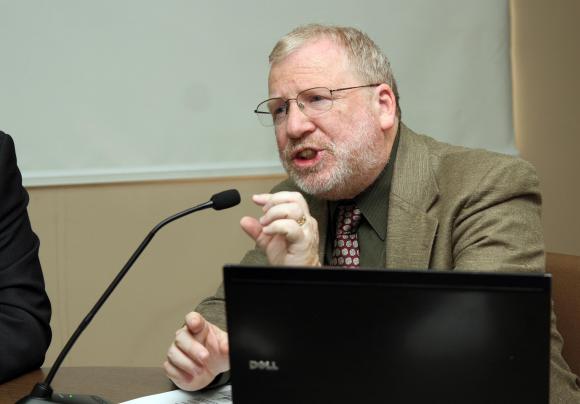By William K. Black
(Cross Posted at Benzinga.com)
One of the distinctive features of banking in scores of developing nations is the very large spreads between the rate of interest they pay their depositors and the rate they charge borrowers. Academics have frequently focused on the exceptionally high spreads in Latin America in articles published over the last three decades. Economic theory predicts that these spreads should impose a major drag on development. The high interest rates charged to lenders should lead to very large “hurdle rates” for prospective borrowers’ projects. The two obvious implications of high hurdle rates, sometimes discussed in the literature, are that fewer worthwhile investments will be made by prospective entrepreneurs and more of the loans in Latin America are likely to go to high risk borrowers. High risk investments should be, if financial markets are efficient, more likely to produce higher returns exceeding the hurdle rate. The standard neo-classical economic assumption is that financial markets are efficient.












